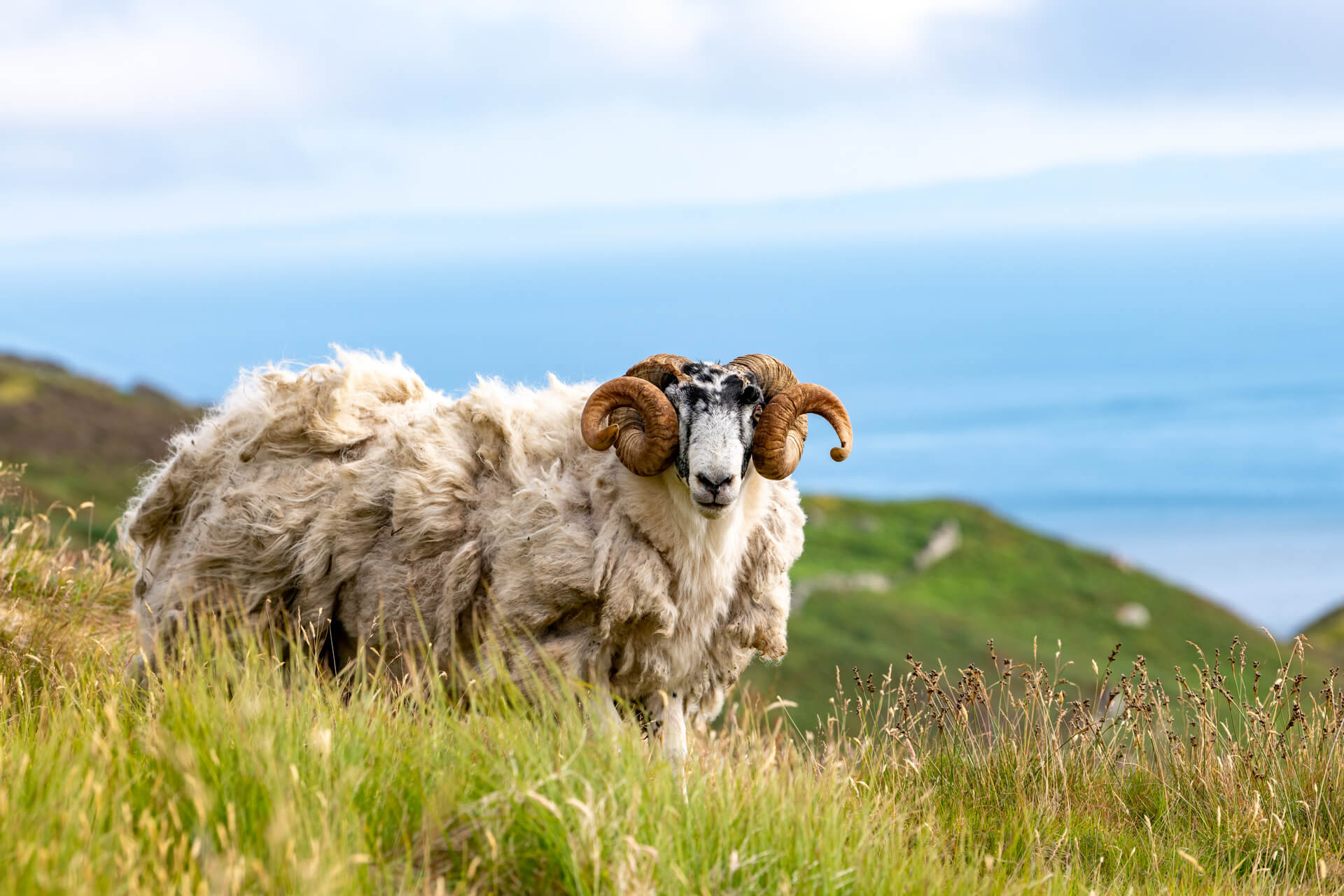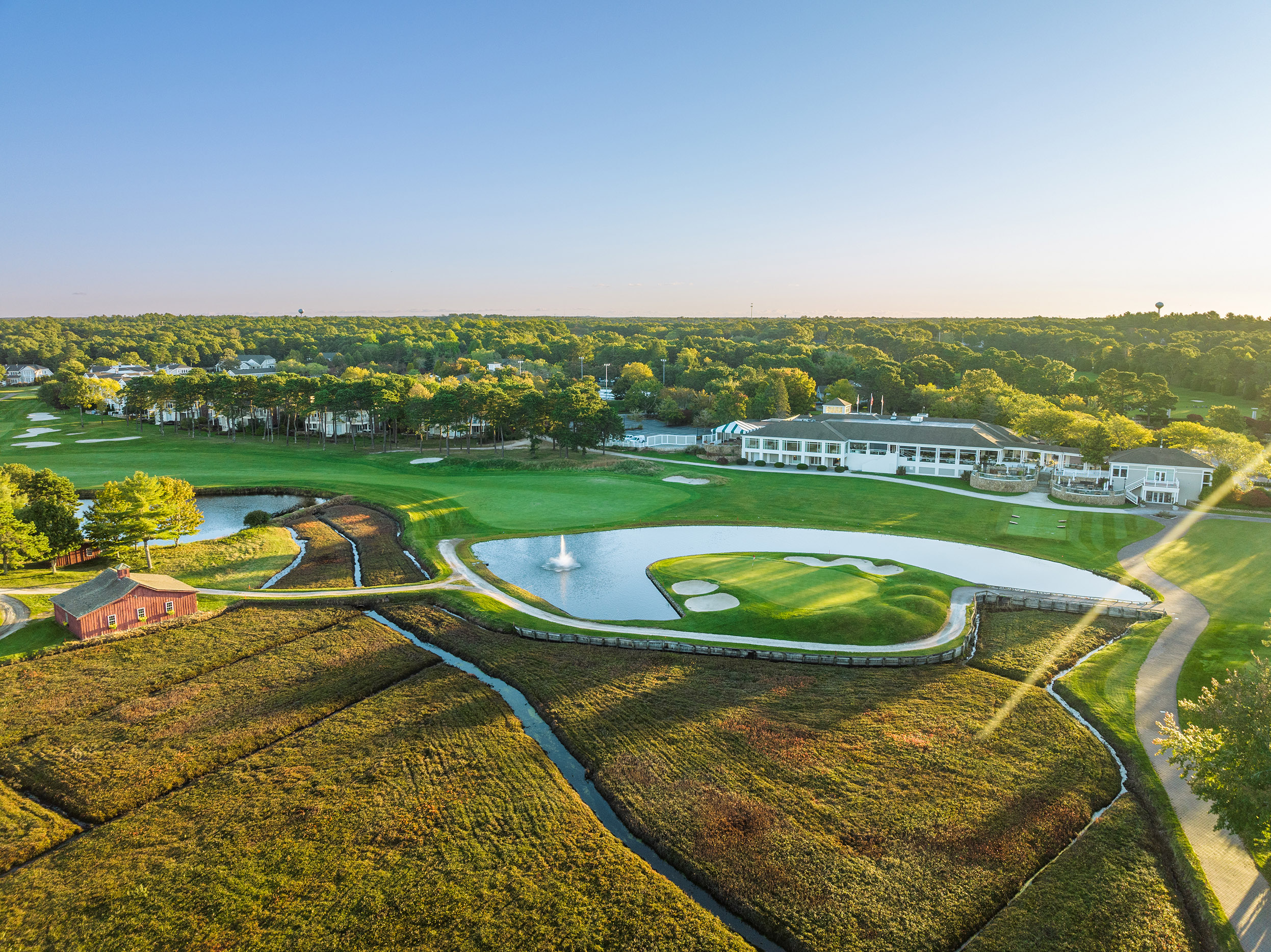Balancing Southworth’s Role as Environmental Caretaker & Developer
Eleanor Brown, Director Of Sustainability
March 23, 2024
When I think about Southworth’s clubs and communities, more than just golf comes to mind. The land the company manages and maintains is located in some of the most beautiful places in the world. And with golf as its historical centerpiece, Southworth has an incredible opportunity as both an environmental caretaker and developer to protect and enhance the natural beauty of its vast green spaces for generations to come, balancing global pressure to develop urban and suburban infrastructure and the need to maintain biodiversity.
Living in and among a community that manages its shared green spaces is actually very traditional. Contrary to some narratives that tribal peoples lived in perfect harmony with their environment – humans have in fact been managing the land they’ve lived on for millennia with positive and negative effect. This is apparent in our fossil record that shows a clear parallel between the arrival of prehistoric humans to the Americas and isolated islands and significantly altered plant profiles and animal populations. But some plants and animals actually performed better. When humans arrived in Australia approximately 50,000 years ago, eucalyptus trees and koalas were very rare. However, to prime the previously more tree-dense land for hunting, humans burned large swathes of forest which paved the way for eucalyptus trees and koalas to thrive.

Today, society struggles with the push and pull of what many believe are opposing philosophies: environmentalism and prosperity. But as every other animal plays a part in the use and regeneration of their environment to optimize for their health and happiness, people do the same. Even better, we can think creatively about how to optimize for environmental and human benefits. We can choose to develop land in a way that supports its own regeneration.
Southworth’s course in Scotland does just that. Machrihanish Dunes was developed to preserve its existing biodiversity but has been managed to produce even better results. When Machrihanish Dunes was first planned, the land where it sits was already designated as a Site of Special Scientific Interest (SSSI) to protect its rare orchids. But as a protected and unmanaged area it was also unofficially used as a dumping ground for old car parts and other waste. When Scottish authorities allowed the course to be built, they set restrictions on how much we could disturb the existing landscape with the intention of preserving its existing biodiversity, perhaps minus the old car tires. However, the authorities did not require active management by greenskeepers to improve the land. But since 2008, the Machrihanish Dunes property has not only preserved and protected endangered species and met all restrictions, but has actively managed it in a way that has fostered an explosion of native biodiversity in plant and animal species. The golf course is now full of life: from deer, foxes and rabbits to hundreds of bird species and incredible numbers of native flowers that ebb and flow with the seasons. The Sand Martins, a native bird species that others have tried to reintroduce to different areas across the UK without success, have become so numerous in the dunes that they only temporarily vacate the bare sand pits when visited by golfers or the maintenance team.

Geo Foundation Certified and having been called the most sustainable golf course in the world, Southworth’s Machrihanish Dunes is certainly a special place. But it need not be unique. As a global developer and manager of golf course and leisure communities, Southworth is intentionally taking steps as caretaker and developer to optimize the management of all its properties. We are so fortunate to already call some of the most beautiful corners of the globe home. All we have to do is give their native populations room to thrive and we will see the full potential beauty of those places bloom.
We must think creatively about our relationship with land to find opportunities where human happiness and prosperity and habitat regeneration can coexist. Thinking our only options are to ‘develop and change’ or ‘leave totally untouched’ is a false choice – we already impact the globe with positive and negative effect. Southworth is focusing on a third option: where humans act as caretakers to actively develop and manage spaces we call home, optimizing the health and happiness of all our natural residents. Humans included.


